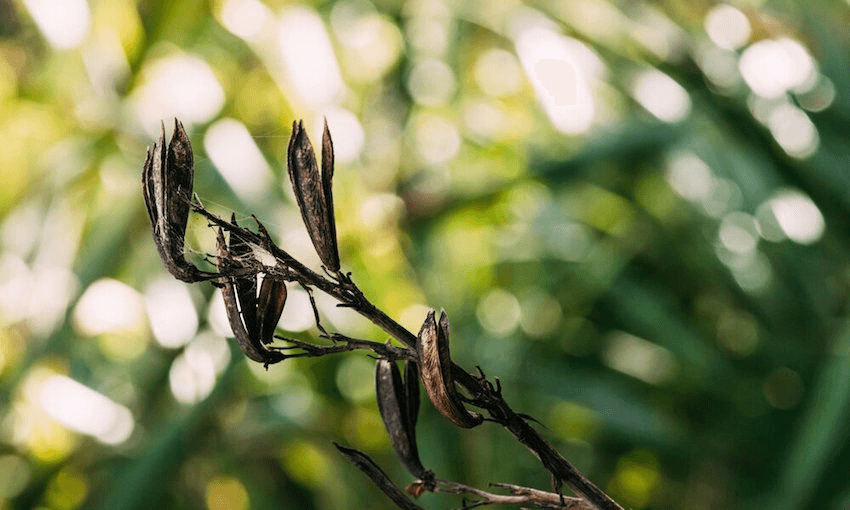Poutūterangi is a lunar phase, usually around March, marked by the rising of the star of the same name, also known as Altair. It is also the sixth phase of summer, Matiti Rautapata.
Poutūterangi shines bright in the sky this month which traditionally indicated a time of harvest. Today during Poutūterangi we see awesome festivities and cultural events such as Polyfest and Pasifika. So how can we use knowledge around the maramataka to tune in and make the most of the month? A great way to start is by learning key energy phases in the maramataka. There are 30 days, each day with a unique energy however the four key phases are easier to remember. See the four phases below – Rakaunui phase (highest), Tangaroa phase (productive), Whiro phase (lowest) and Tamatea (unpredictable).
To help keep track of the days, you can download your own maramataka dial here. If you are on the west coast, set your dial to Rakaunui the day before the full moon. If you are on the east coast, set your dial to Rakaunui the day of the full moon. Reset your dial each new moon cycle.
Key maramataka dates (Auckland)
8, 9 and 10 March – Oturu, Rakaunui and Rakau ma tohi: The highest energy days of the month and full moon. These are hype days! You can train more, or go extra hard for Polyfest practice. In the office it’s productive, people are finding their flow and moving faster. The full moon rakaunui period is also my favourite time to plant.
13, 14 and 15 March – Korekore tē whiwhia, Korekore tē rawea and Korekore piri ki ngā tangaroa: Low energy days like Whiro and Oike. TAKE IT EASY.
16, 17 and 18 March – Tangaroa a mua, Tangaroa a roto and Tangaroa kiokio: These are fruitful days, ideal for all things that are active or near water: fishing, eeling and white baiting (when in season), training, working etc. It’s also a time to weed the garden. Make the most of this time before the new moon and low energy days come around again.
23 March – Whiro: This is a relaxing, reflecting, planning day. The Whiro moon (new moon) indicates the beginning of the next lunar cycle. Be careful and take caution, also check in with loved ones.
28, 29 and 30 March – Tamatea a ngana, Tamatea a hotu, Tamatea a io and Tamatea kai ariki: The weather can be very unpredictable. This could also be the same for people’s feelings and emotions.
Tohu in March
Matiti Rautapata – This sixth phase is easily identifiable if you are near a bush area. This is when the seed pods burst and the seeds fall (tapata) onto the dry leaf bed below.
Matiti Rauangina – This is the last phase of summer and easy to identify. Leaves swing to and fro as they fall from the trees. This rhythmic dance is call “te angina”– “free fall”.
Please note: This is intended as a guide to help you learn about key dates in the maramataka and read the tohu (signs). Tohu will change from area to area and therefore while the dates above might be accurate for Auckland Manukau Harbour area, dates may vary slightly for those in other rohe.



